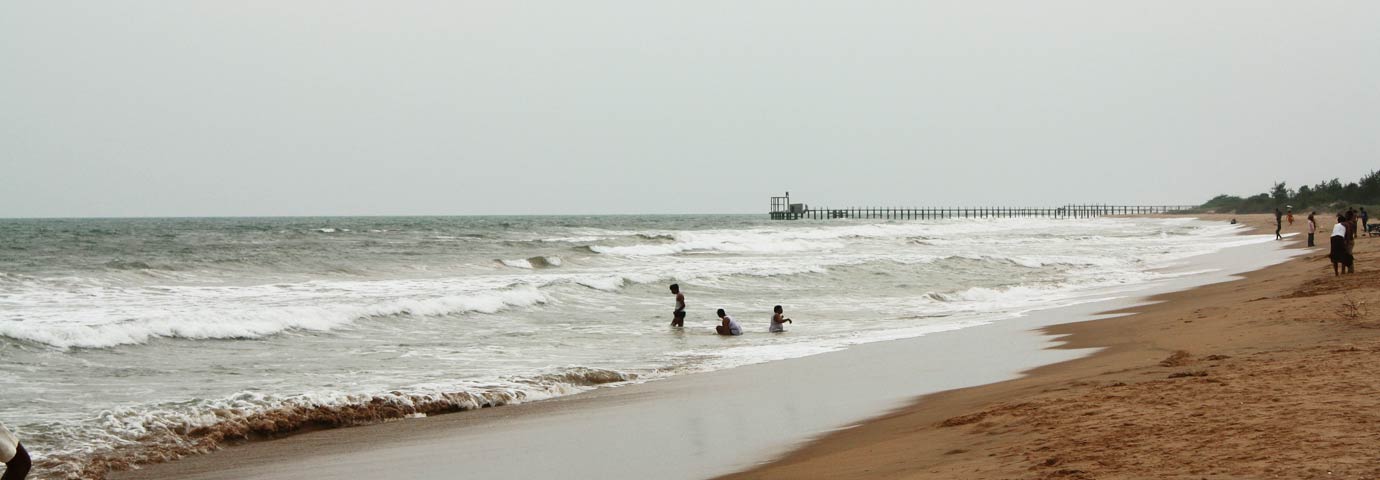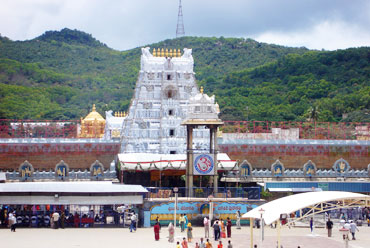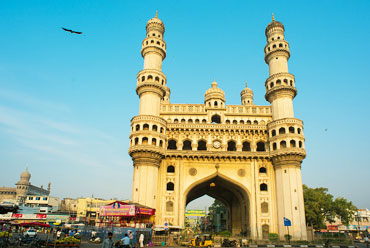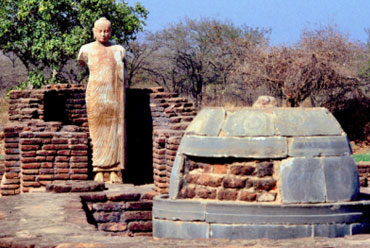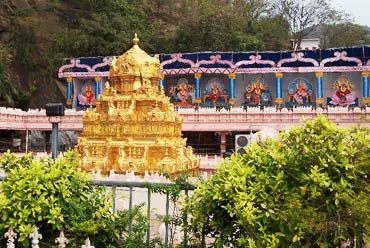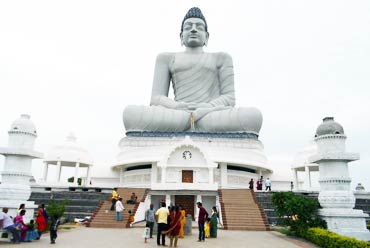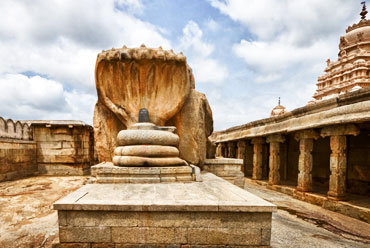The most highly populated state in southern India and the land simultaneously of the Telugu and the Charminar, Andhra Pradesh on the Bay of Bengal offers a plethora of the most diverse tourist experiences. From dilapidated fortresses to untamed wilderness, magnificent monuments to rustic tribal villages, Andhra Pradesh has it all. Home also to a bipolar communal environment, Tourism of Andhra Pradesh has always been a flourishing industry and still has not lost any of the attention due to it. The Nellore District owes its nomenclature to its sumptuous paddy fields. Nelli in Tamil means paddy and therefore Nellore. Nellore was originally part of the composite Madras state until October 1, 1953. On November 1, 1956, when the states were reorganized on a linguistic basis, the district was transferred to Andhra Pradesh. Potti Sriramulu, a Telugu patriot and activist from Nellore fasted to death for formation of the Andhra Pradesh state. A tour to Nellore is tour down the history lane and means a close glance at the suburban life in Andhra Pradesh.
History
Nellore is quite a historically significant Telugu city. Nellore has been under the rule of the Pallavas, Cholas, Kakatitayas and Vijayanagara Empire in its history. The city was most famous in 13th century as the hometown of Tikkana Somayaji who translated the Mahabharat into Telugu. The city was then known as Vikrama SimhaPuri, and was the capital of King Manuma Siddhi. Tikkana, a minister in the court of Manuma Siddhi developed friendly relations with mighty Kakatiya kings with his poetry and was instrumental in getting military support from Warangal to protect his kingdom. Molla, the first Telugu poetess had also written the Telugu Ramayan here.

